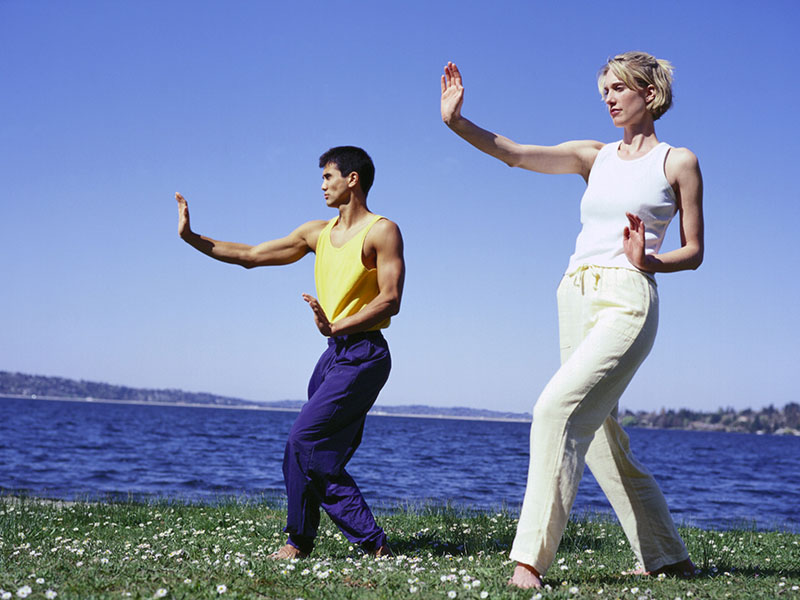Military Researchers Collaborate With University on Opioid Crisis
By Sarah Marshall Uniformed Services University of the Health Sciences
BETHESDA, Md., Aug. 25, 2017 — Opioids are the main driver of drug overdose deaths across the United States, and West Virginia has been among the hardest hit by the crisis, experiencing the highest overdose death rates in the country.

With the military, West Virginia and the nation experiencing over-reliance on opioids for pain management, the Uniformed Services University of the Health Sciences and West Virginia University have established an official collaboration to pool their resources to help in solving the problem. Graphic courtesy of the Uniformed Services University of the Health Sciences
With a shared vision of combating this growing epidemic, health care providers and researchers from the Uniformed Services University of the Health Sciences here and West Virginia University have established an official collaboration to pool their resources.
In 2015, the overdose death rate in West Virginia was an estimated 41.5 per 100,000 people, an increase of about 17 percent from the year prior, according to the Centers for Disease Control and Prevention. Cabell County in southern West Virginia has a population of 96,000, and an estimated 10,000 of those residents are addicted to opioids.
Additionally, the state's indigent burial fund, which helps families pay for a funeral when they can't afford one, reportedly ran out of money this year for the sixth consecutive year, largely due to the high number of overdose deaths.
As the opioid epidemic continues to have a substantial impact on the state, leaders from WVU reached out to USU's Defense and Veterans Center for Integrative Pain Management, aware of their efforts to successfully combat opioid misuse in the military over the last several years with the idea that lessons learned in the military would be applicable to their state's current crisis. Earlier this year, leaders from both universities developed a cooperative research and development agreement allowing them to formally share pain management resources developed by DVCIPM.
Adding Value to Civilian, Military Medicine
The agreement also allows the DVCIPM an opportunity to measure the efficacy of the tools they've developed in a new environment – a collaboration that these leaders believe already is adding value to both civilian and military medicine.
Nearly a decade ago, at the height of the wars in Iraq and Afghanistan, physicians were seeking to help troops get their chronic pain levels to zero as they survived combat injuries in record numbers. This was often achieved by using opioids – and using opioids as a single modality – which the military quickly realized was not effective, because this approach was affecting many service members and their relationships with loved ones, work, and daily living.
In 2009, then-Army Surgeon General Lt. Gen. (Dr.) Eric Schoomaker chartered the Army Pain Management Task Force, which sought to make recommendations for a comprehensive pain management strategy, ensuring an optimal quality of life for service members and other patients dealing with pain. It became clear to the military that pain should be viewed as more than just a number, and over the last several years, the military has been dedicated to researching and developing more effective tools for pain management, ultimately reducing the number of those potentially exposed to opioid addiction.
The task force's efforts led to the development of DVCIPM, which was designated as a Defense Department Center of Excellence last year.
Schoomaker, now retired, continues to lead these efforts, serving as vice chair for leadership, centers and programs for USU's department of military and emergency medicine, which oversees DVCIPM.
"We now have good evidence for the use of non-pharmacologic, non-opioid treatments, such as yoga, guided imagery, medical massage, chiropractic, acupuncture, Tai Chi, as well as a closely related movement therapy called Qigong, and music therapy," he said. "We have pretty good research to endorse their use."
Because these practices might not work the same for each person, he added, it's important to use a variety of these modalities as part of a comprehensive program, tailored to the needs of an individual with chronic pain. Now, thanks to the official collaboration between USU and WVU, DVCIPM will have the opportunity to continue researching the efficacy of various integrative modalities and the pain management tools and resources they've developed.
"We owe it to our patients, and we owe it to practitioners, to only use tools that have good evidence for their use," Schoomaker said.
Gathering, Measuring Data
DVCIPM Director Dr. Chester "Trip" Buckenmaier said the center's tools and resources have mainly been used in a fairly selective population within the military. Studying their efficacy in a smaller system within a state's civilian infrastructure will allow them to gather and measure data on how successful they can be in a broader population, which will continue to help illustrate the potential these tools have.

Battlefield acupuncture is a unique auricular (ear) acupuncture procedure providing an integrative modality to help treat chronic pain. It’s being taught to qualified providers in the military. Now, thanks to a new collaboration between Uniformed Services University of the Health Sciences and West Virginia University, it’s also being employed in a new pain management center in West Virginia to help combat the opioid crisis. Uniformed Services University of the Health Sciences photo by Sarah Marshall
"It's important to have relationships like we have with West Virginia. … They pay off in so many different ways that you can never anticipate," Schoomaker said.
Dr. Mike Brumage, WVU's assistant dean for Public Health Practice and Service, initiated the collaborative effort by reaching out to USU about two years ago, wanting to do something about the issue affecting his native West Virginia. At the time, he had just retired after a 25-year career in the U.S. Army Medical Corps, and was able to connect with former military health colleagues, including Schoomaker and then-Army Maj. Gen. (Dr.) Richard Thomas, who was serving as the Defense Health Agency's chief medical officer. Thomas is an alumnus of WVU's undergraduate, dental and medical programs, and is now USU's president.
This quickly led to several more meetings and discussions, led by Dr. Clay Marsh, vice president and executive dean of WVU's Health Sciences Center, and Dr. Bill Ramsey, assistant vice president of coordination and logistics for the center. Ultimately, they arrived at a CRADA, signed off by Thomas and Marsh, and have since continued looking for ways to make the most out of their collaboration.
The hope is that this joint effort will galvanize further interest from other entities, Schoomaker said, leading to other similar collaborations, ultimately continuing the fight against a crisis that's impacting the entire nation.





 Reply With Quote
Reply With Quote





